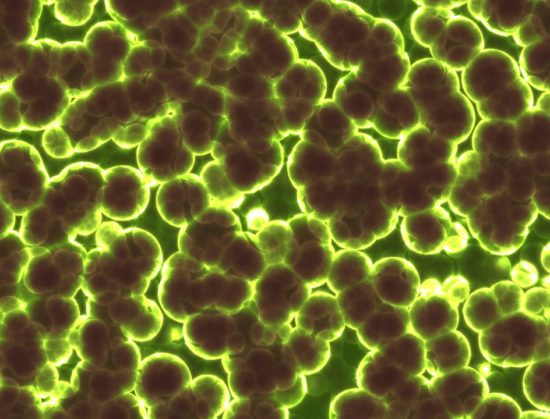In situ captured antibacterial action of membrane-incising peptide lamellae
25 April 2024
The study uses electron microscopy to study the formation of supramolecular structures of lysine-rich heterochiral β3-peptides, termed lamellin-2K and lamellin-3K, triggered by bacterial cell surface lipopolysaccharides. The phosphate-induced conformational change on these lamellins leads to the formation of striped lamellae, which can incise the cell envelope of Gram-negative bacteria, providing a mechanistic link for membrane-targeting agents.
Further reading: Nature Communications
Author(s): Kamal el Battioui et al
Smart Innovations
AMR NEWS
Every two weeks in your inbox
Because there should be one newsletter that brings together all One Health news related to antimicrobial resistance: AMR NEWS!





